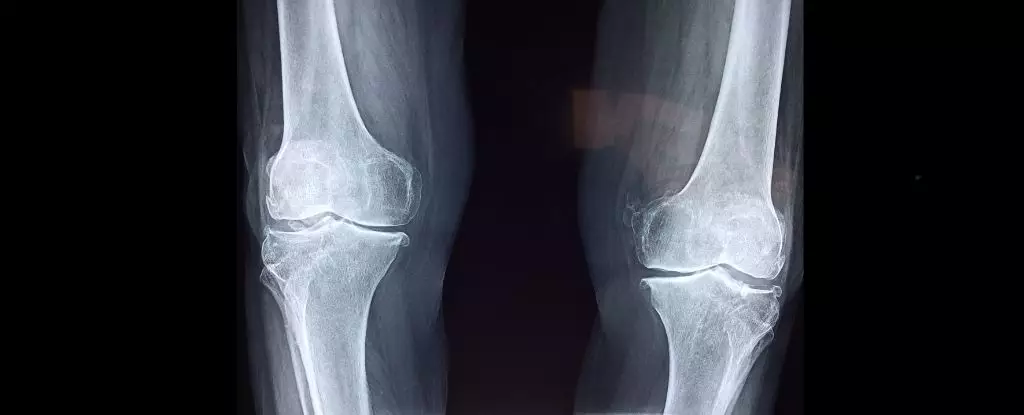Osteoporosis often lurks in the shadows, stealthily presenting a significant health risk without any obvious signs. Dubbed the “silent disease” or even a “silent killer,” osteoporosis can go unnoticed until a fracture occurs, often in vulnerable bones such as the spine, hips, or wrists. This article delves into the vital statistics surrounding osteoporosis, examines its causes, explores preventive measures, and highlights the importance of early detection and lifestyle modifications in maintaining bone health.
The prevalence of osteoporosis is staggering. The National Osteoporosis Foundation estimates that over 10 million Americans currently suffer from this condition, with an additional 43 million experiencing low bone mass—indicating a significant risk for developing osteoporosis. Projections suggest that by 2030, the number of individuals affected will surge by more than 30 percent, bringing the total to approximately 71 million. Contributing factors to this alarming trend include lifestyle choices like smoking, sedentary behavior, and excessive alcohol consumption, compounded by an aging population. Unfortunately, osteoporosis often receives insufficient attention, exacerbating this public health concern.
Even without noticeable symptoms, individuals may experience early indicators of weakening bones. Fractures, often the most severe consequences of osteoporosis, can lead to chronic pain, hospitalization, and even an increased risk of mortality. Shockingly, global statistics reveal that about 9 million fractures occur yearly due to osteoporosis—an average of one osteoporotic fracture every three seconds. Unexplained height loss may indicate the presence of spinal compression fractures, a common symptom that often goes ignored. While gradual height loss can occur with aging, those with osteoporosis may lose several inches in a notably shorter time frame.
Additionally, changes in posture—such as a curving spine—might signal a loss in bone density. This hunched appearance can be a clear indication of spine deterioration. Individuals may also experience persistent back pain caused by micro-fractures that accompany osteoporosis. Recognizing these subtle signs can be crucial to early intervention and prevention of further complications.
While osteoporosis cannot be entirely cured, there are significant lifestyle and dietary adjustments that can mitigate risk. Central to bone health are calcium and vitamin D. Calcium is indispensable for maintaining strong bones, whereas vitamin D enhances calcium absorption. The recommended daily intake should be about 1,200 milligrams for women over 50 and men over 70. Dairy products are often the go-to sources of calcium; a cup of milk typically contains around 300 milligrams. For those adhering to a plant-based diet, options like beans, lentils, leafy greens, and almonds are rich in calcium too.
In addition to a balanced diet, sunlight exposure serves as an excellent source of vitamin D. Just 10 to 30 minutes of sun exposure on the arms and legs a few times a week can help one’s body meet its vitamin D needs. However, factors such as skin tone and geographical location might impact vitamin D synthesis, necessitating supplementation or dietary adjustments for some individuals.
Regular physical activity is essential in the fight against osteoporosis. Engaging in weight-bearing exercises—like brisk walking, hiking, and dancing—has been shown to bolster bone density significantly. Strength training exercises further enhance stability, flexibility, and overall balance, reducing the likelihood of falls. It is generally recommended to engage in at least 30 minutes of weight-bearing exercise four times a week, complemented by strength training twice a week.
This guidance is especially crucial for women, who may experience heightened bone density loss during and after menopause. A proactive approach to exercise prior to menopause significantly reduces future osteoporosis risk. Steering clear of detrimental lifestyle habits, like smoking and heavy alcohol consumption, is equally important.
The U.S. Preventive Services Task Force recommends osteoporosis screening for women starting at age 65. Men, particularly those over 70 or with risk factors such as chronic diseases or substance abuse issues, should consult with their healthcare providers about screening. Medical imaging tests such as bone density scans can help in early detection, allowing healthcare professionals to make timely and informed diagnoses.
Managing osteoporosis is an ongoing process that requires a commitment to lifestyle changes. Understanding the early warning signs, making informed dietary choices, maintaining regular exercise routines, and undergoing regular screenings can help individuals mitigate their risk and maintain the strength and health of their bones. By taking these proactive steps, one can significantly influence their quality of life and overall well-being, making it imperative to recognize osteoporosis as a serious yet manageable health concern.


Leave a Reply